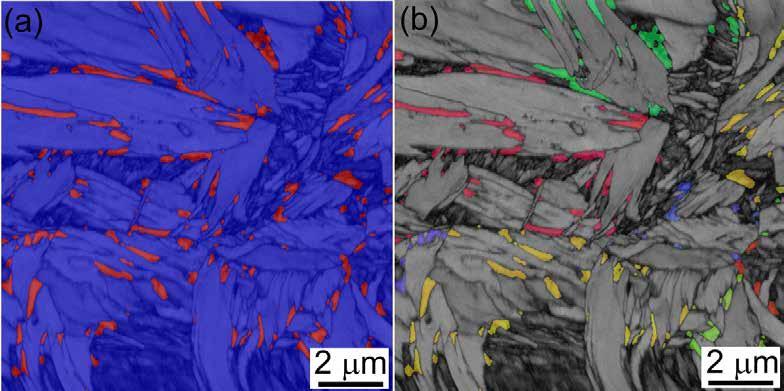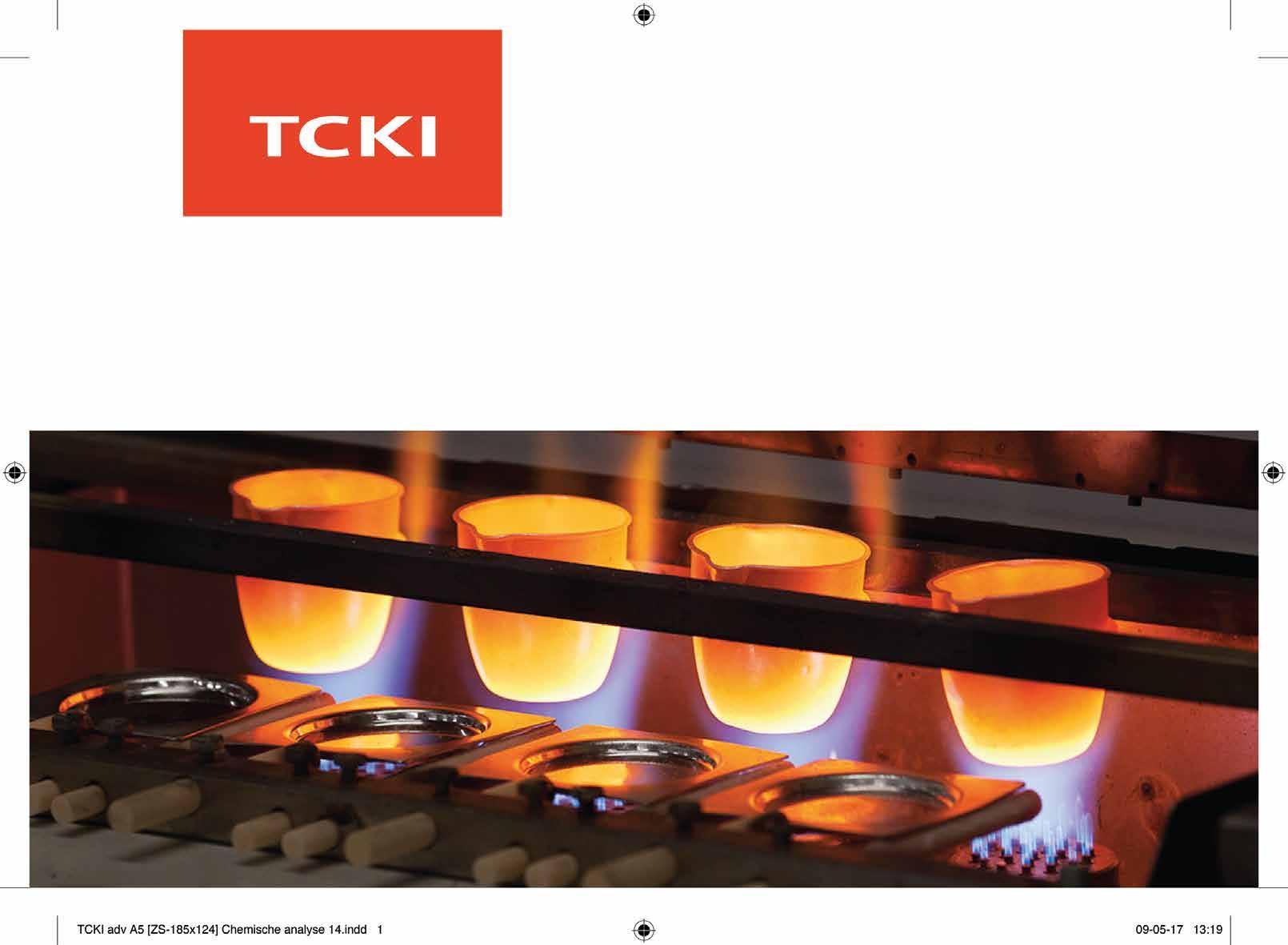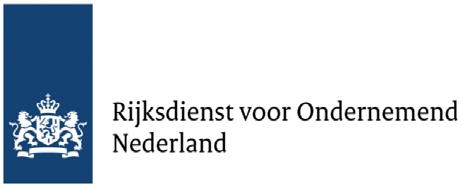SUMMARY VOLUME 4 2023
FACADE PANELS AS HEAT SOURCES FOR HEAT PUMPS

‘RENEWABLE MATERIAL OF THE YEAR 2023’ INNOVATION AWARD

BIOHOME3D
KNIT TO FIND THE PERFECT FIT
TRANSLUCENT AEROGEL BRICKS
2023 JEC COMPOSITES INNOVATION AWARDS






The chameleon effect
Researchers from Empa’s Cellulose & Wood Materials laboratory have developed a cellulose-based material that makes it possible to 3D print biodegradable sensors and displays.
How to make a block of rubber count to ten

A block of rubber that counts to ten and even remembers in which sequence it was compressed. Physicists Martin van Hecke and Lennard Kwakernaak (Leiden and AMOLF Amsterdam) share a fascination for complexity in simple objects. They wrote an article about a counting block of rubber, which they classify as a metamaterial, and published it in the journal Physical Review Letters.
Improving recyclate films by additivation



The use of recycled plastics is becoming increasingly popular due to its potential to reduce the environmental impact of plastic waste. However, the quality of recyclate materials significantly affects their application. Pollution usually prevents recycled plastics from being used in their original form. Fraunhofer Institute of Structural Durability and System Reliability LBF has developed new formulations for enhance the quality of new recyclate films.
A furnace for safe timber buildings
Timber construction is undergoing a renaissance in Switzerland. With this rising popularity, questions about fire safety are also increasing. Researchers at ETH Zürich of the Hönggerberg campus are using a fire simulator to test timber components for the construction of buildings of all sizes. The custom-built oven permits simulations of realistic fire scenarios.

New bio-plastics degradable in the compost bin
A team led by researchers at the University of Washington (UW) has developed new bioplastics that degrade on the same timescale as a banana peel in a backyard compost bin. These bioplastics are made entirely from powdered blue-green cyanobacteria cells, so-called spirulina
First 3D-printed piece of concrete on a National Highways project

Cambridge researchers, along with several industrial partners, have created the first 3D-printed piece of concrete infrastructure for use in a National Highways project.

Valuable materials from water

To enable the transition to a low-carbon economy, a number of critical materials are crucial. The question, however, is whether mining can supply it. To promote national security and economic competitiveness, American scientists are looking for ways to extract valuable materials from other sources; from water, for example.
Stage set with fungal mycelium
Researchers from the Fraunhofer WKI, together with their partner Protohaus GmbH, have built a stage set for the Braunschweig State Theater using fungal mycelium. The surface of the mountain landscape in the play ‘Funken’ is made of elephant grass fibers, which have grown through with mycelium. The lampshades that can be seen on stage are also made of mycelium that has been hot pressed in an innovative process.
New economical process for carbon fibres from lignin

The German research institute DITF (Deutsche Institute für Textil und Faserforshung) has developed a new, environmentally friendly, and cost-effective process to produce carbon fibres from lignin. According to DITF, the process is energy-efficient, solvent-free, and environmentally friendly because it is based on natural raw materials.
Intelligent rubber
Wearable medical devices, such as the soft exoskeletons or controlled drug delivery patches, must be made of materials that can adapt intelligently and autonomously to the wearer’s movements and to changing environmental conditions. These are precisely the type of autonomously switchable polymer materials that have recently been developed by scientists at the University of Stuttgart and the University of Tübingen.

‘Mussel method’ for extracting critical rare earth elements
By mimicking the stickiness of mussels - a kind of natural glue - American researchers developed a new mussels-inspired nanocellulose coating (MINC). The material appears to have what the researchers call a ‘remarkable, even surprising’ ability to recover rare earth elements from, for example, industrial wastewater, and without using a large amount of energy.

Inorganic membranes for a cleaner future



A team of researchers of the National University of Singapore (NUS) has developed a revolutionary technique for producing ultrathin inorganic membranes that are energy-efficient and highly customisable for different applications.
Also metals can heal themselves
Scientists of Sandia National Laboratories for the first time have witnessed how cracks in metal fuse back together without any human intervention, overturning fundamental scientific theories in the process. If the newly discovered phenomenon can be harnessed, it could usher in an engineering revolution
Robotically manufactured timber construction as a model for resource-efficient construction

Scientists from the Universities of Stuttgart and Freiburg are developing new interdisciplinary approaches to construction for the future. In a joint project, the researchers have built a lightweight timber construction pavilion at the Faculty of Engineering at the University of Freiburg, where they are testing and researching new materials and construction methods.
HydroSKIN
Climate change not only causes heat islands in cities, but also flooding. The Institute for Lightweight Structures and Conceptual Design (ILEK, University of Stuttgart) therefore developed HydroSKIN: a lightweight, textile facade element that absorbs and releases rainwater during hot periods, cooling the interior of buildings and urban spaces through evaporation.
Sugarcrete


The aim of the Sugarcrete project of the University of East London (UEL) is to develop ultra-low carbon building components using sugarcane bio-waste (bagasse), allowing the storage of biogenic carbon from fast-growing plants in construction materials as an effective strategy to delay carbon emissions.

Aerogel Architecture Award 2023


On 2 June, the Aerogel Architecture Award was presented for the third time on the Empa campus in Dübendorf. A total of six projects were awarded in the categories Realized Projects and Student Projects. All of them show innovative applications of aerogel in construction projects in new buildings or in historical structures. The winning student project comes from the Czech Republic, the winning realized project from Zurich.




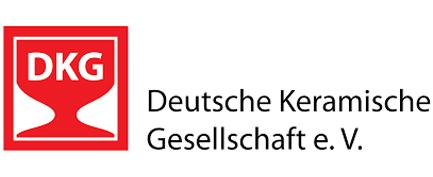




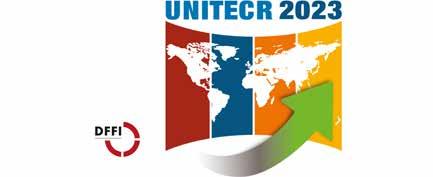

















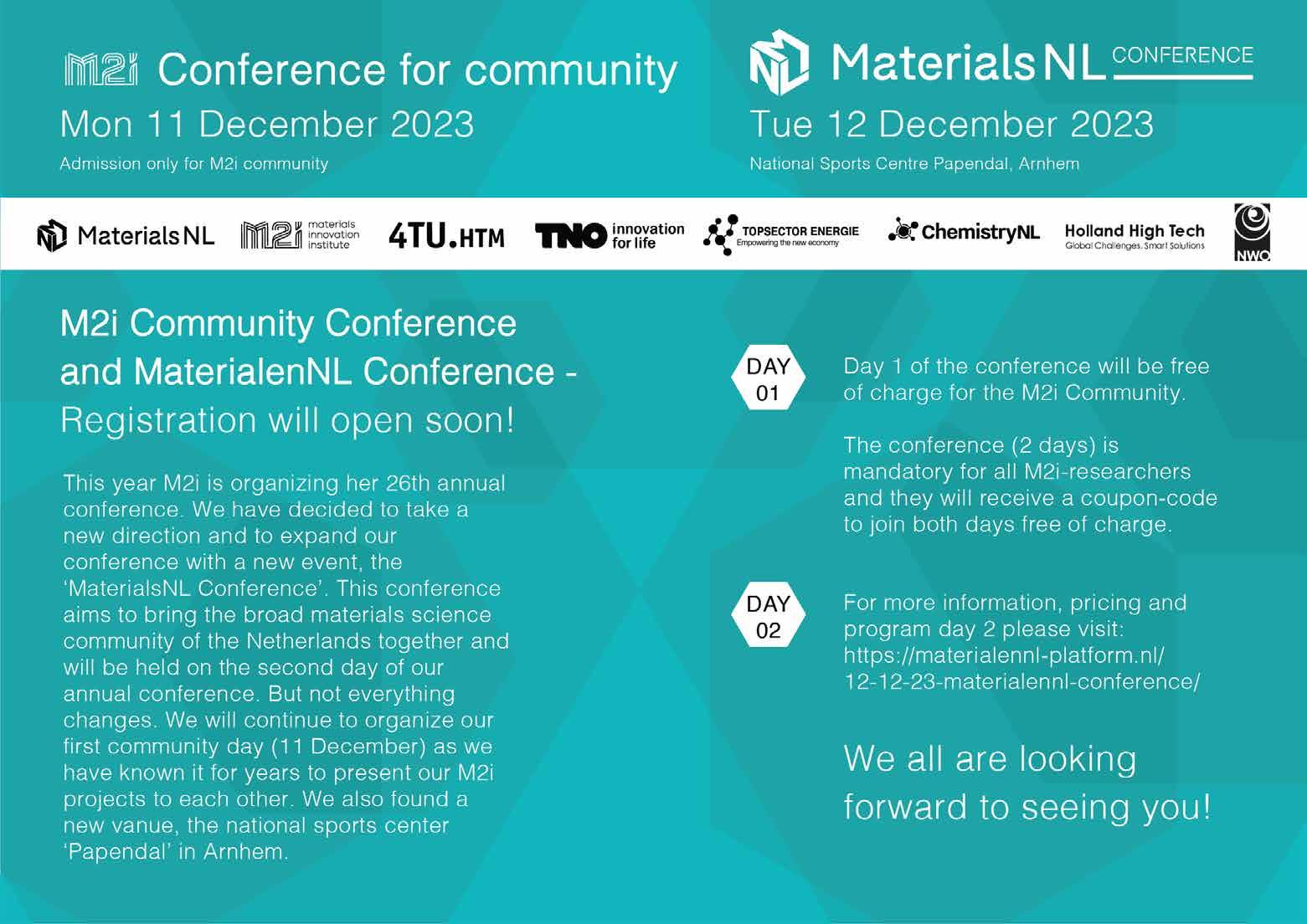
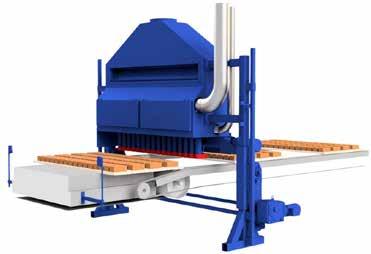
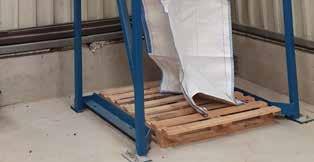

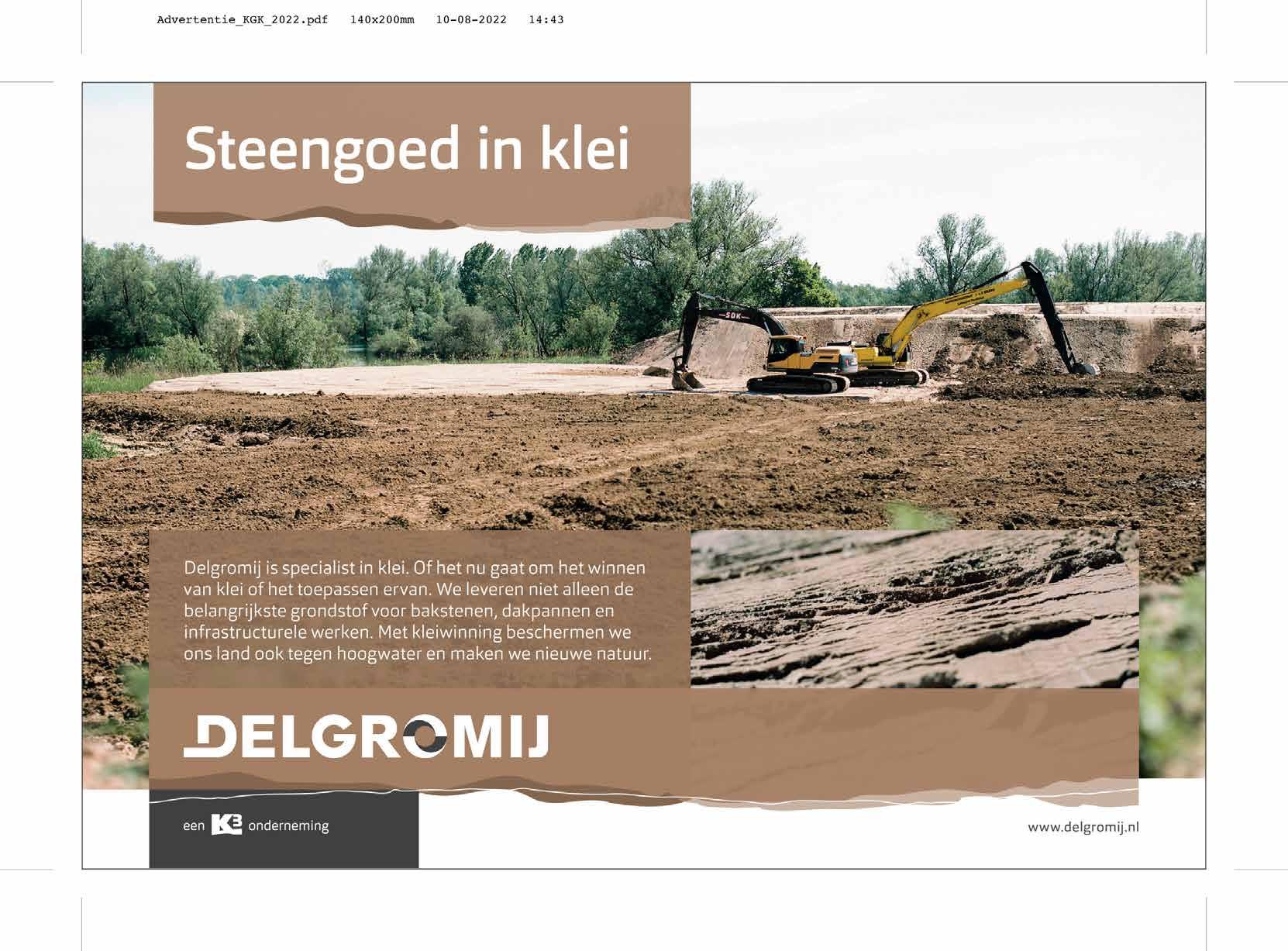




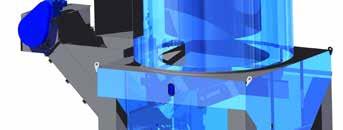
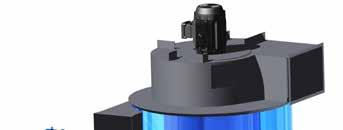

 Hoog vacuüm stofzuiginstallatie
Natfilter met slibtransporteur
Frogreiniger
Hoog vacuüm stofzuiginstallatie
Natfilter met slibtransporteur
Frogreiniger
